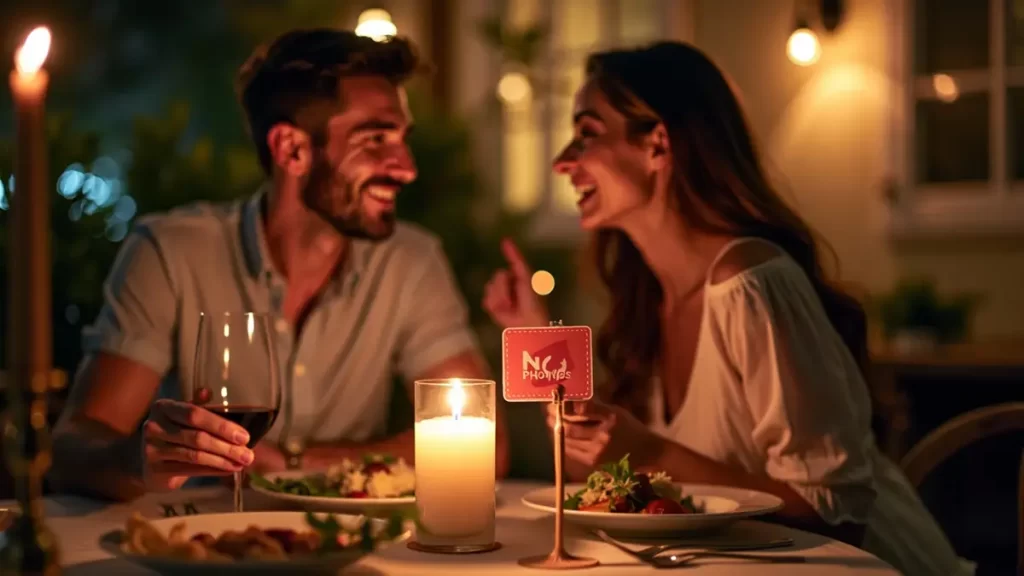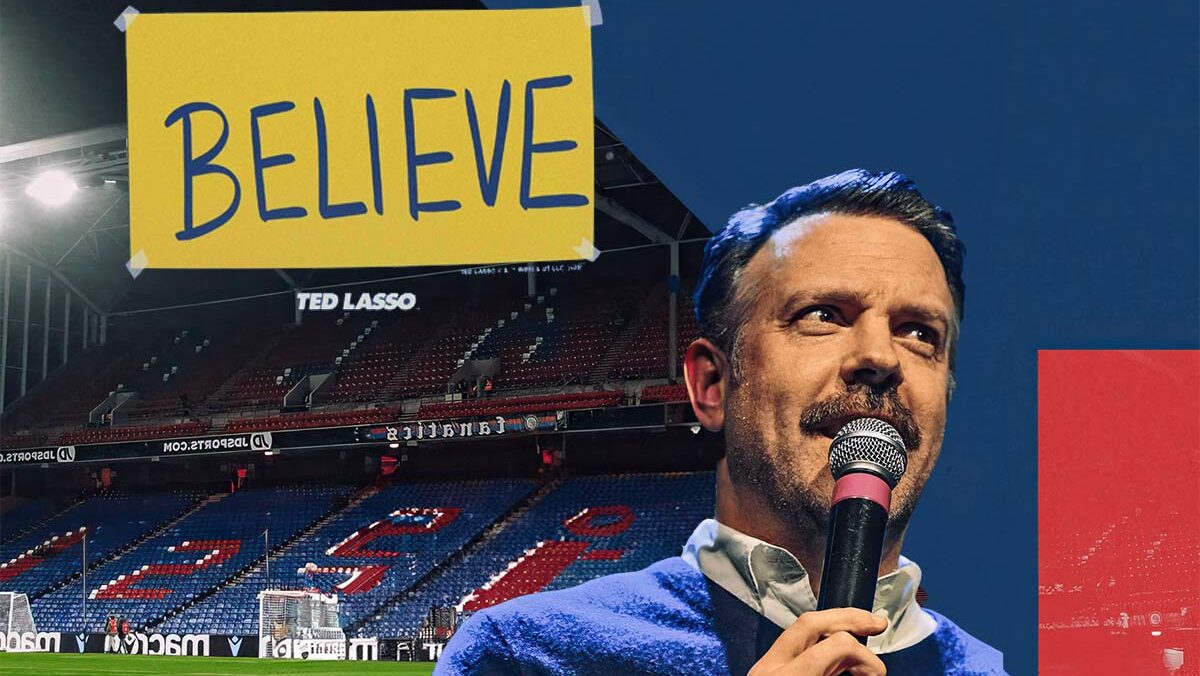Digital Detox for Couples: Enhancing Intimacy in a Hyper-Connected World 2024
These days, it feels like we’re more connected than ever, doesn’t it? But here’s the catch—sometimes all those screens actually push us further apart.
Weird, right? That’s exactly why a digital detox for couples can be such a game-changer.
Imagine this: an evening with your partner, free from the constant buzz of notifications. No screens, just the two of you, fully present. Doesn’t that sound refreshing?
By intentionally disconnecting from technology, you’re not just turning off devices—you’re turning on real connection.
“The more we rely on screens, the more we risk losing the everyday moments that build intimacy and trust in relationships,” says Dr. Megan Fields, a relationship expert.
In this article, we’ll explore how a digital detox for couples can help you and your partner strengthen your bond. We’ll dive into why it matters, offer practical tips, and look at real-life examples of couples who’ve rediscovered each other by stepping away from their screens.
Why a Digital Detox Matters for Couples
We live in a world filled with emails, social media, and endless notifications. It’s like we’re always “on,” but sometimes that means our relationships are left in the dark. Sound familiar?
Too much screen time can create invisible barriers, making it hard to truly connect with the people we love. When you’re glued to your phone, you miss out on the little things—those shared glances, spontaneous laughter, and the deep conversations that make a relationship special. That’s where a digital detox for couples steps in.
“Our devices are designed to hold our attention, but what we forget is how they can take us away from what’s really important—our connections with loved ones,” adds Dr. Fields.
Picture this: You’re sitting together, free from the distraction of a glowing screen, simply enjoying each other’s company. It’s in these small, quiet moments that relationships grow. That’s the beauty of a digital detox—it brings the focus back to what truly matters: each other.
Practical Tips for a Successful Digital Detox
So, how do you actually pull off a digital detox for couples? It’s easier than you might think! Here are a few simple steps to get started.
1. Create Tech-Free Zones
First up, pick a couple of spots in your home where devices are off-limits. The bedroom? The dinner table? Great places to start. This way, you can focus on connecting without that constant background noise.
“Designating tech-free areas creates a safe space for intimacy to flourish,” says Sarah Kent, a licensed therapist who specializes in relationship dynamics.
2. Schedule No-Tech Times
Next, set specific times during the day or week when you both agree to put your phones away. How about a no-phone evening once a week or a tech-free Sunday? These breaks can become cherished moments where it’s just you two—no screens attached.
3. Find Alternatives
Instead of scrolling through social media, why not plan activities that bring you closer? Go for a walk, play a board game, or cook a meal together. These shared experiences are fun and help strengthen your bond.
4. Communicate Your Intentions
Make sure you’re both on the same page. Talk about why you want to do a digital detox for couples and what you hope to achieve. Set boundaries and agree on the rules together, so there’s no confusion later.
5. Be Patient and Flexible
Finally, remember it’s not about being perfect. If you slip up, don’t sweat it. Just refocus and keep going. The goal is to create more mindful moments together, not to be completely tech-free all the time.
“The goal of a digital detox isn’t perfection, but progress. It’s about being more present with each other, even in small ways,” says Sarah Kent.
By following these tips, you’ll find that a digital detox can be a pretty rewarding experience. It’s about making small changes that lead to big improvements in how you connect with your partner.
Real-Life Examples of Couples Who Benefited from a Digital Detox
Let’s take a look at a few couples who decided to unplug and reconnect.
Sarah and Mark, both busy professionals, found themselves constantly checking their phones—even during dinner. Sound familiar? They decided to try a digital detox by making their dining area a tech-free zone. Within weeks, they noticed a huge improvement in their conversations. They felt more present, more engaged, and closer than ever.
James and Emily realized their bedtime routine had turned into scrolling through social media until they fell asleep. Not exactly romantic, right? They decided to ban phones from the bedroom and instead spent that time talking or reading together. The result? Better sleep and a stronger connection.
These stories show that even small changes, like a digital detox for couples, can make a big difference in how couples interact and connect with each other.
“Simple adjustments, such as removing phones from the bedroom, can drastically improve the quality of connection in relationships,” adds Dr. Fields.
Overcoming Challenges During a Digital Detox
Of course, taking a break from technology isn’t always a walk in the park. There are bound to be some bumps along the way.
Temptation to Check Phones
One of the biggest hurdles? The temptation to check your phone. It’s almost instinctual these days! To overcome this, try keeping your phone out of reach during your designated no-tech times. Out of sight, out of mind, right?
Fear of Missing Out (FOMO)
Then there’s the fear of missing out—good old FOMO. You might worry about missing important messages or updates. But here’s the truth: the world won’t end if you’re not constantly online. In fact, you might find that you’re more relaxed and less stressed when you’re not tied to your devices.
Staying committed to a digital detox for couples takes effort, but the rewards—a deeper connection and better communication—are well worth it.
Thoughts to Ponder
- How much time do you and your partner spend on your devices each day?
- What are some activities you can do together that don’t involve screens?
- How do you think a digital detox for couples could improve your relationship?
Conclusion: Strengthen Your Bond by Unplugging
In a world that’s always on, taking time to unplug can feel like a radical act. But a digital detox for couples isn’t about completely cutting out technology—it’s about being mindful of how it affects your relationship.
By setting aside time to disconnect from your devices, you can reconnect with each other in ways that truly matter. So why not give it a try? Start small, be consistent, and watch as your relationship grows stronger.
“Every step you take towards reducing screen time is a step towards enhancing your intimacy and communication,” reminds Dr. Fields.
Remember, it’s not about perfection, but about progress.
Have you tried a digital detox for couples? How did it impact your relationship? Share your experiences and tips in the comments below. Let’s support each other in creating stronger, more connected relationships!
-

 Best Picks10 months ago
Best Picks10 months agoDriving Insurance: Get the Best Car Coverage Without Overpaying
-

 Best Rewards3 months ago
Best Rewards3 months agoBest rewards credit cards in 2025 for everyday use
-

 Personal Growth & Mindset1 year ago
Personal Growth & Mindset1 year agoTed Lasso Effect: 5 Goal-Setting Secrets You Must Know
-

 Career & Success1 year ago
Career & Success1 year ago30 Key Strategies for Growth: Mindset, Productivity & Wellness
-

 Personal Growth & Mindset1 year ago
Personal Growth & Mindset1 year agoMachado de Assis: This Viral TikTok Explains Why You Need to Read ‘The Posthumous Memoirs of Brás Cubas’ Now
-

 Career & Success12 months ago
Career & Success12 months agoChallenges of Not Having Goals: 5 tips to help you get started













